Hallabong, or Jeju orange, is a distinctive citrus fruit originating from Jeju Island, Korea. Renowned for its hybrid origins, hallabong is created by cross-pollinating the kiyomi orange and ponkan tangerine, resulting in its unique, sweet, and tangy flavor. Its easy-to-peel skin adds to the allure, making it a delightful treat.
These oranges are not only flavorful but also visually distinctive. Hallabong oranges can be easily recognized by the characteristic bump near the stem, a unique feature that sets them apart from other citrus fruits and makes them easy to identify.
Jeju Island, the birthplace of hallabong, invites visitors to partake in the unique experience of picking these delicious fruits directly from the trees.
The island’s oranges and tangerines, available throughout the winter season, offer a fresh and authentic tasting opportunity. For any citrus fruit enthusiast, adding hallabong from Jeju Island to your snack list is essential.
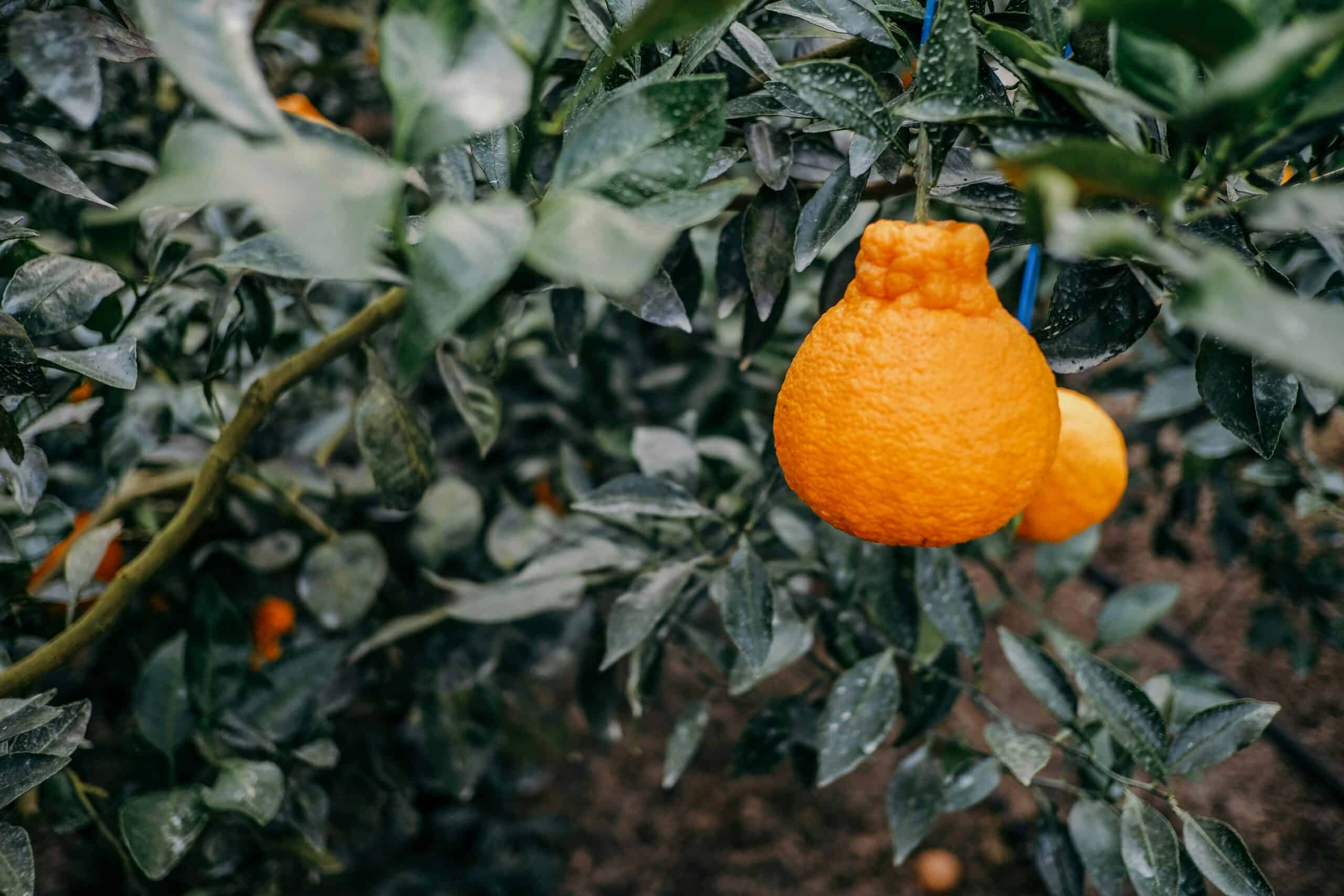
Jump to:
📜 Origins and History
Cultural Significance in Korea
Hallabong oranges, named after Hallasan—the tallest mountain in South Korea—hold a special place in Korean culture. These fruits were first cultivated in the 1990s on the fertile volcanic soil of Jeju Island.
Since its introduction, hallabong has symbolized Jeju’s agricultural excellence and is often given as gifts during holidays and special occasions. This practice dates back to the Joseon Dynasty when Jeju's tangerines were prized as royal delicacies.
Varieties and Relatives
Hallabong is a hybrid citrus fruit created by cross-pollinating Kiyomi oranges and Ponkan tangerines. This combination yields a fruit that is sweet and juicy, with a distinctive bump near the stem.
Due to its ideal growing conditions, Jeju Island produces over 90% of Korea's hallabong. The island's other notable citrus relatives include the Seogwipo tangerine and the Jeju Gamgyul, which have grown there for centuries. Each variety reflects the rich agricultural heritage of Jeju and its volcanic soil.
🍊 Botanical Information
Characteristics of Hallabong
Hallabong, also called the "Jeju orange," is famous for its sweet and juicy flavor. It's a cross between the kiyomi orange and ponkan tangerine. The fruit has a distinct, bumpy knob on its top, setting it apart from other citrus fruits. This bump resembles the peak of Hallasan, the largest mountain on Jeju Island.
The hallabong's skin is easy to peel and boasts a vibrant orange color. Inside, the fruit is juicy and contains few seeds, making it very popular for fresh eating and juice production.
Growth Environment on Jeju Island
Jeju Island's mild winters and abundant sunshine, combined with its unique volcanic soil rich in minerals, create the ideal conditions for growing hallabong. These factors help the fruit develop its distinct sweet flavor, making the island a perfect environment for nurturing hallabong trees.
Most hallabong in Korea are cultivated on Jeju Island, primarily in greenhouses, during the growing season from winter to early spring. The main harvest occurs from December to February, capturing the optimal period for these fruits to develop their best quality.
This timing ensures that the fruit reaches its peak sweetness and juiciness, while the island's natural beauty and favorable conditions contribute to the exceptional quality of the fruit.
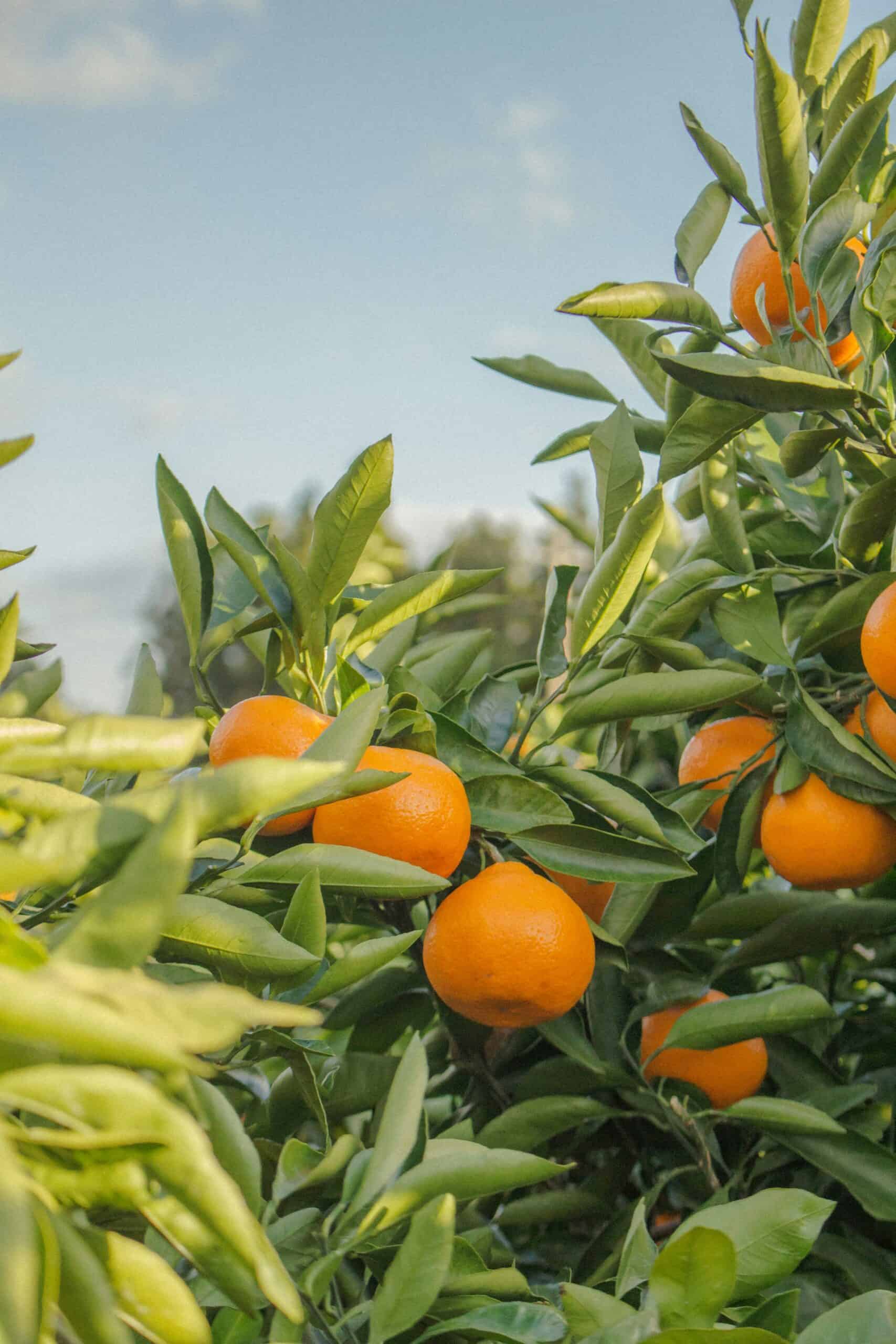
🚜 Agricultural Practices
Farming Techniques
Hallabong oranges are often cultivated in greenhouses to maintain a stable temperature and shield the trees from harsh weather conditions. This controlled environment is crucial in helping the fruit develop its unique flavor and juiciness.
Farmers nourish hallabong orange trees with organic fertilizers, promoting healthy growth without harmful chemicals. Additionally, they employ natural pest control methods to protect the plants from insects without relying on synthetic pesticides.
Pruning is a crucial practice for maintaining hallabong orange trees, as it ensures adequate sunlight and air circulation, preventing diseases and enhancing fruit quality. Also, proper watering is vital, and many farmers employ drip irrigation systems to maintain consistent moisture levels.
Harvest Season
The hallabong tangerine picking season on Jeju Island takes place in winter, when the fruit reaches its peak flavor and juiciness. During this period, visitors can participate in the popular activity of tangerine picking.
Farmers meticulously select the optimal time to harvest Jeju oranges, ensuring each one is perfectly ripe. They often test the fruit's sweetness and acidity levels before picking, as the careful timing of the harvest is crucial for maintaining the high standards of these oranges.
This season, the orchards bustle with increased activity as many workers assist in picking and packaging the fruit. Proper handling and storage techniques are crucial to ensure the fruit remains fresh and ready for distribution.
🧑⚕️ Nutritional Benefits
Vitamins and Health Impact
Hallabong oranges are an excellent source of vitamin C, which is crucial for enhancing the immune system and making it easier to combat colds and other illnesses. Just one medium-sized hallabong can provide over 50% of the daily recommended intake of vitamin C.
Besides vitamin C, hallabong oranges also contain smaller amounts of vitamins A and B, along with potassium and magnesium. These nutrients are essential for maintaining healthy skin, improving vision, and supporting heart health.
Additionally, the antioxidants in hallabong can help reduce inflammation and protect against certain chronic diseases.
Dietary Information
Hallabong oranges are low in calories but high in fiber, making them a great choice for anyone looking to maintain a healthy diet. Their natural sugar content is moderate, providing a sweet taste without excessive calories.
Here's a quick look at the key dietary components of a medium-sized hallabong:
- Calories: 60
- Fiber: 3 grams
- Sugars: 12 grams
- Vitamin C: Over 50% of the daily value
The fiber in hallabong helps with digestion and can make you feel full longer, which is helpful for weight management. The naturally occurring sugars are balanced with fiber, which keeps blood sugar levels steady.
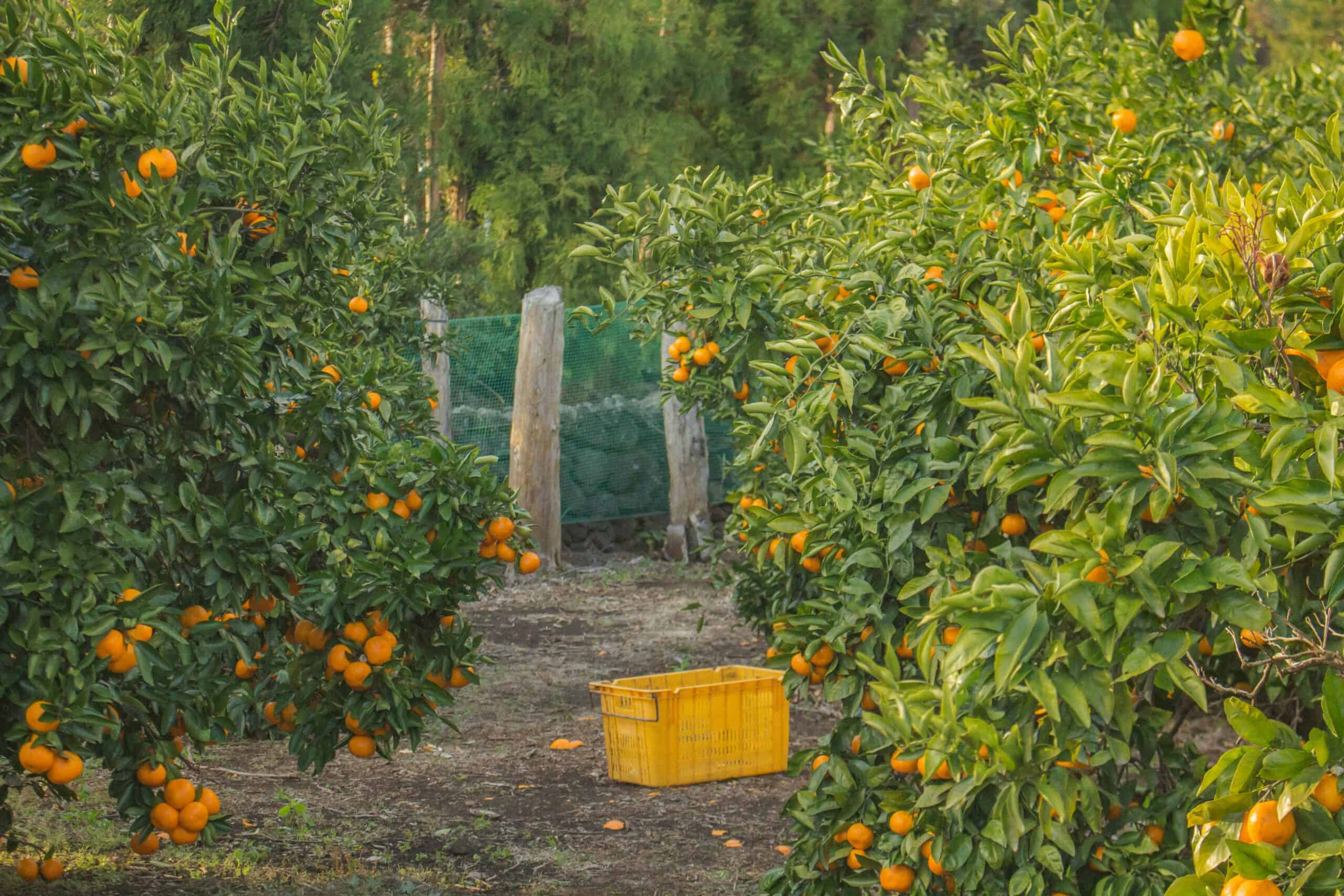
🕶️ Tourism and Experiences
Jeju Citrus Farms
Jeju Island hosts numerous citrus farms, famous for their sweet and juicy fruits, where visitors can pick their own tangerines. These farms are spread across the island, offering a delightful experience for fruit enthusiasts.
One of the most popular farms is the Odeung Gamgyul Orange Farm.
Guests can walk through endless rows of tangerine trees, enjoying the fresh scent of citrus in the air.
Many farms also offer guided tours that educate visitors about the different types of tangerines like hallabong, hagyul, and gamgyul.
This experience is especially fun for families and is a great way to learn about Korean agriculture.
Cultural Festivities
Jeju Island celebrates its citrus heritage with various cultural festivities, including the annual Hallabong Festival, which takes place in winter.
The festival features multiple activities, including citrus-themed games and cooking competitions.
Visitors can also enjoy traditional Korean performances, making it an immersive cultural experience.
Local markets during this time are filled with citrus products, from fresh fruit to jams and candies.
The festival is a fantastic opportunity to experience Korean culture while enjoying the island's renowned citrus fruits.
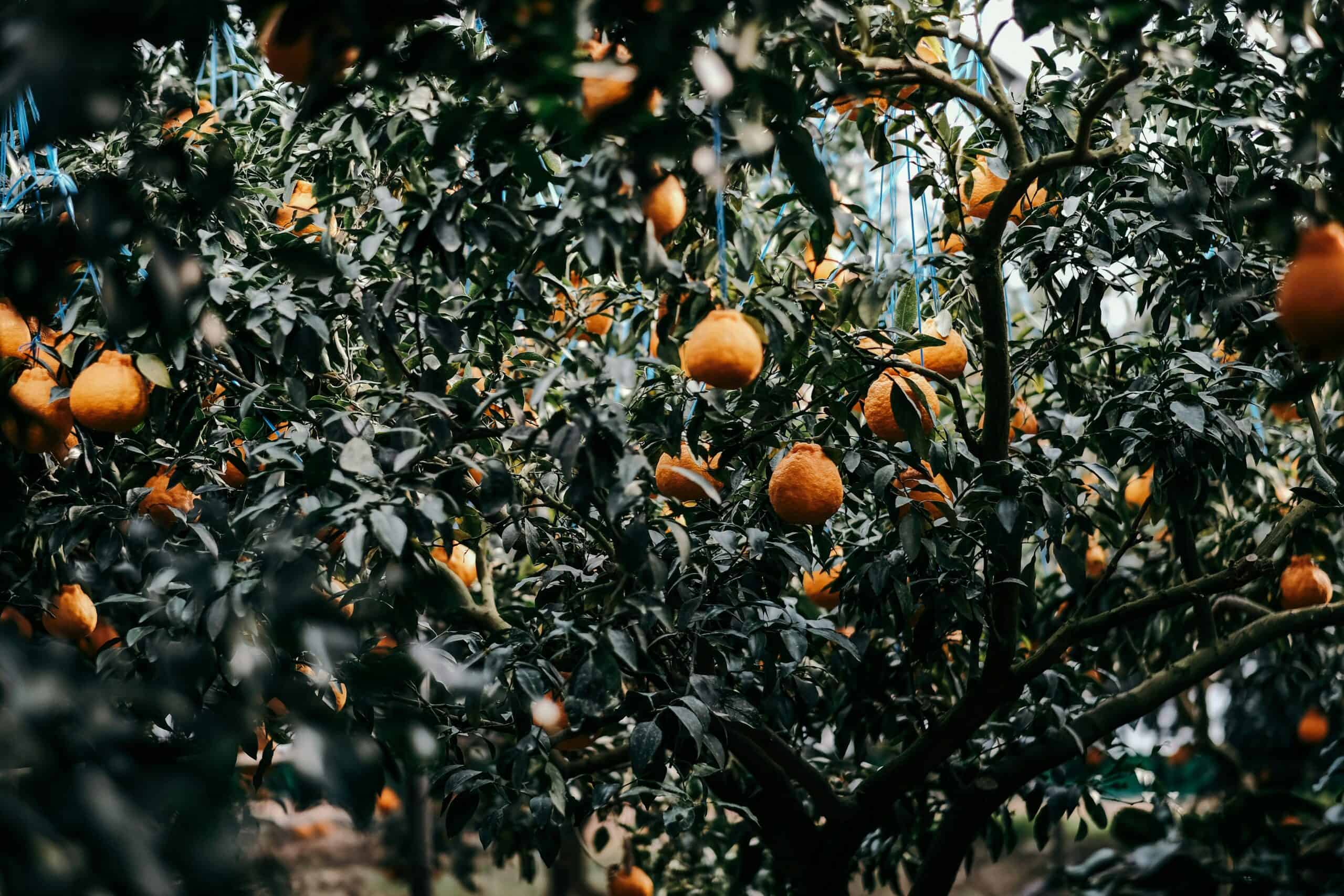
📈 Distribution and Trade
Exporting to Global Markets
Hallabong oranges are renowned for their sweet, tangy flavor, making them a favorite worldwide. Exported to global markets like the United States (specifically California), Singapore, and Hong Kong, they remain fresh for extended periods, a key advantage for international shipping.
Exporting hallabong oranges involves strict quality control measures to maintain freshness. Farmers and exporters collaborate to ensure efficient packaging and transportation.
Daebak boxes are commonly used for packaging, ensuring the oranges remain intact during transport. This careful handling has helped hallabong maintain its strong reputation overseas.
Economic Impact on Jeju Island
The export of hallabong has had a significant economic impact on Jeju Island. The island is known for its fertile soil and favorable weather conditions, which make it ideal for growing this special citrus.
Farmers on Jeju Island have benefited greatly from hallabong cultivation. The demand for these oranges has increased their income, providing a stable source of revenue. This success has spurred investments in technology and better farming practices.
Moreover, hallabong's popularity has boosted Jeju Island's tourism industry as visitors see the orange farms and sample the fruit, further supporting the local economy. Hallabong has significantly contributed to Jeju's prosperity through direct sales and agrotourism.
❓ Frequently Asked Questions
Hallabong oranges are a hybrid of Kiyomi oranges and Ponkan tangerines. They have a distinctive bump near the stem and are usually sweeter and juicier than regular oranges. Their flesh is also softer.
Hallabong is native to Jeju Island, where it was developed by cross-pollinating different citrus fruits. The name comes from Halla Mountain, also known as Hallasan, the highest mountain in South Korea.
You can find Jeju hallabong oranges in major supermarkets, online retailers, and sometimes in local farmer's markets. They are also available in various forms, such as juices and snacks, at specialty Korean stores.
Jeju hallabong oranges are rich in vitamins, particularly vitamin C, and antioxidants like carotenoids. These nutrients help boost the immune system, support skin health, and can have anti-inflammatory properties.
Hallabong oranges are sweeter and less acidic than tangerines. They offer a rich, tangy flavor with a hint of honey-like sweetness, making them a favorite among citrus lovers.

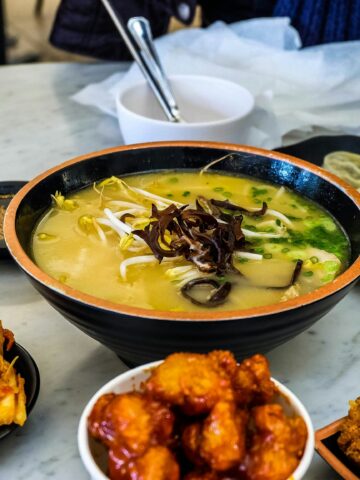
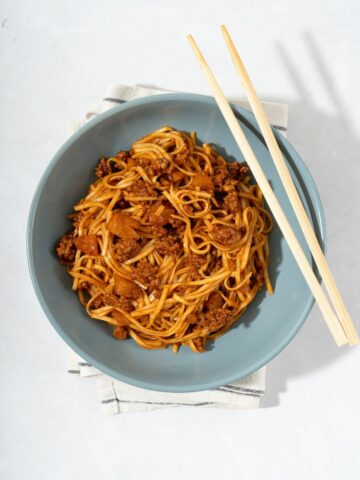

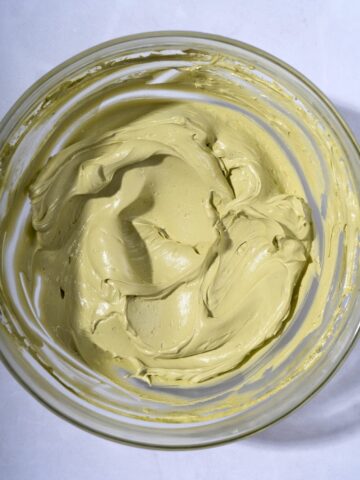
Comments
No Comments